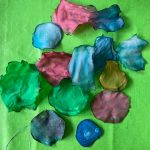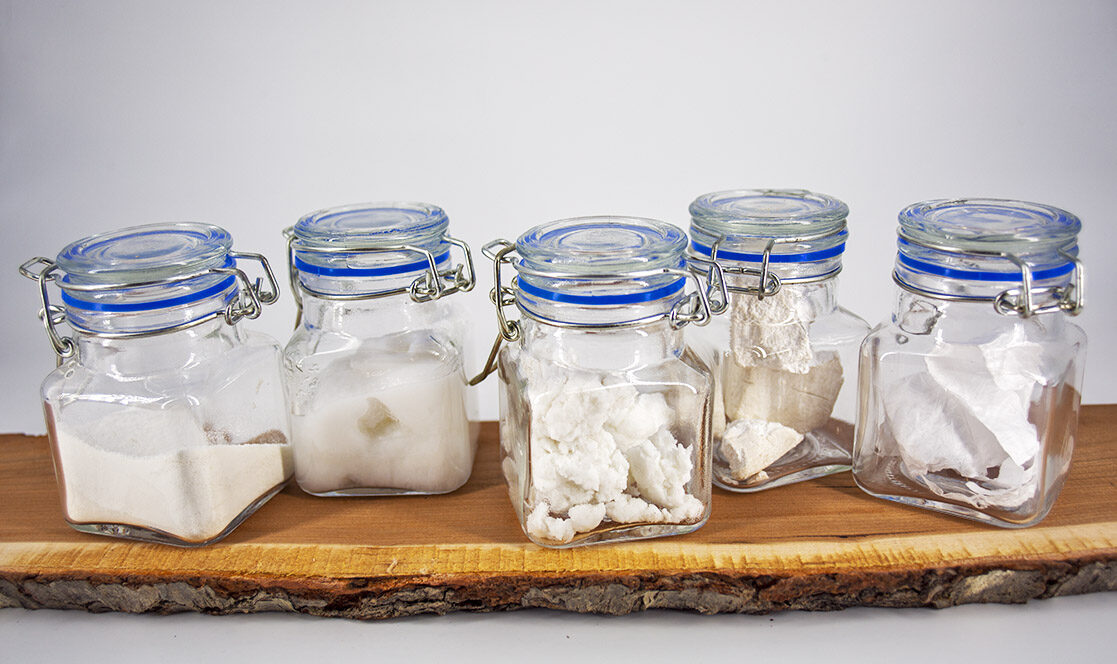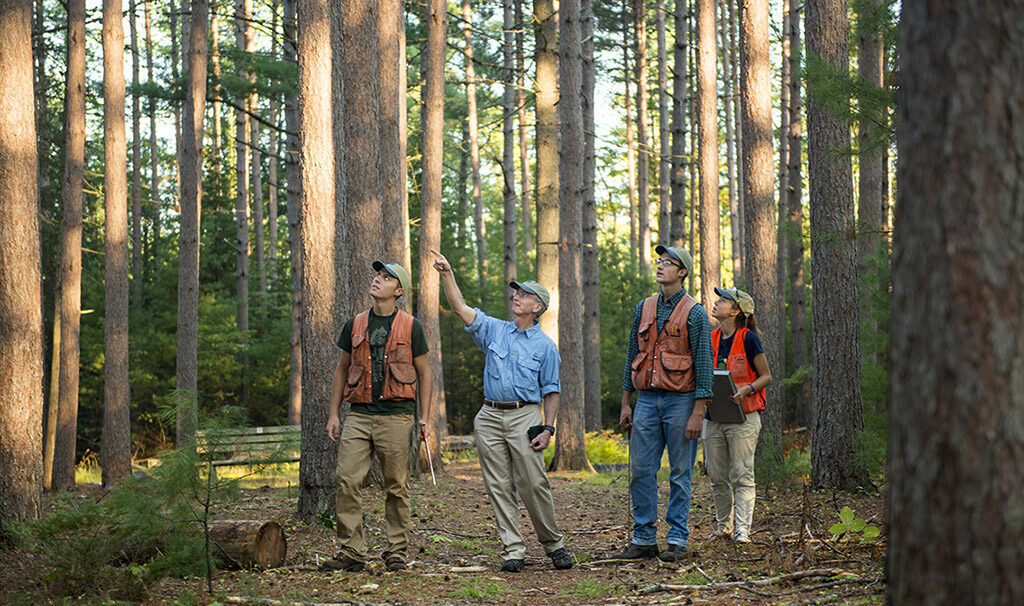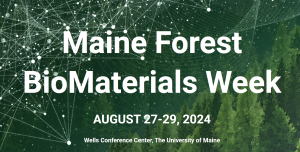For 200 years, Maine’s economy has been deeply rooted in the forest products industry. Home to sustainably managed forests, skilled workers, and research expertise at the University of Maine, the state is a natural hub for forest-based innovations and the development of cutting-edge new products.
Today, nanocellulose, nature’s super polymer, is helping to build the forest products of the future. This renewable natural material offers virtually limitless potential in a wide range of applications from food packaging to biomedical devices.
Just as Silicon Valley grew up around Stanford University to become the heart of the tech industry, UMaine is driving an unrivaled center of nanocellulose innovation right here in Maine.
Welcome to Nanocellulose Valley.
Nanocellulose in K-12 STEAM Education
 Introduce your K-12 students to nature’s superpolymer. We recognize the importance of allowing K-12 students to investigate through a scientific lens. Explore the many uses of this wood-based, sustainable material in art and science projects.
Introduce your K-12 students to nature’s superpolymer. We recognize the importance of allowing K-12 students to investigate through a scientific lens. Explore the many uses of this wood-based, sustainable material in art and science projects.
Learn more about potential projects, kits for your classroom and more.
 What is Nanocellulose?
What is Nanocellulose?
Nanocellulose is extracted from cellulose, the basic component of plant cell walls and the world’s most abundant natural polymer. Made up of nanofibrils that have been isolated from the cellulose fibers found in wood and grasses, nanocellulose exhibits a range of properties that make it an attractive and versatile biomaterial suitable for many uses. At UMaine, we primarily work with nanocellulose that is derived from trees and wood pulp harvested from Maine’s sustainably managed forests.
The most common forms of nanocellulose are cellulose nanofibrils (CNF), cellulose nanocrystals (CNC). The forms are differentiated by microstructures that make them suitable for different purposes. CNC usually has short, rod-shaped particles, while CNF particles are typically longer, more flexible and are often branched. CNC is typically used for transparent applications, such as films and barriers, while CNF is often used for reinforcing applications and viscosity modification. Microfibrillated cellulose (MCF), or cellulose ground down to microfiber length, is another common form of cellulose. Its long, thin fibers offer more surface area and it can be used to reinforce strength.
 Why Maine?
Why Maine?
Forestry is among Maine’s heritage industries and UMaine, working closely with the public and private sectors, is at the forefront of Maine forest product development. The university has pioneered patented nanocellulose extraction techniques and is home to the only publicly accessible facility in the United States that can manufacture cellulose nanofibers (CNF) at a rate of one ton per day. Across the university, researchers are exploring novel applications for this renewable material, leading to new discoveries relevant to industries from construction to biosciences.
In addition to groundbreaking research support available at the university, UMaine graduates represent a highly skilled talent pool available to support businesses in related sectors.
Maine is the perfect place to locate a business capitalizing upon the expansive possibilities offered by nanocellulose.
2024 Cellulose Nanomaterials Forum
Register for the event here
E ach year the PDC hosts an annual gathering of researchers and scientists developing applications using renewable cellulose nanomaterials. Join us August 27-29, 2024 for presentations, posters, an art exhibition and tours at the 6th Annual PDC CNM Researchers Forum.
ach year the PDC hosts an annual gathering of researchers and scientists developing applications using renewable cellulose nanomaterials. Join us August 27-29, 2024 for presentations, posters, an art exhibition and tours at the 6th Annual PDC CNM Researchers Forum.
Learn more about past events at the PDC website where you can sign up for the PDC newsletter!
